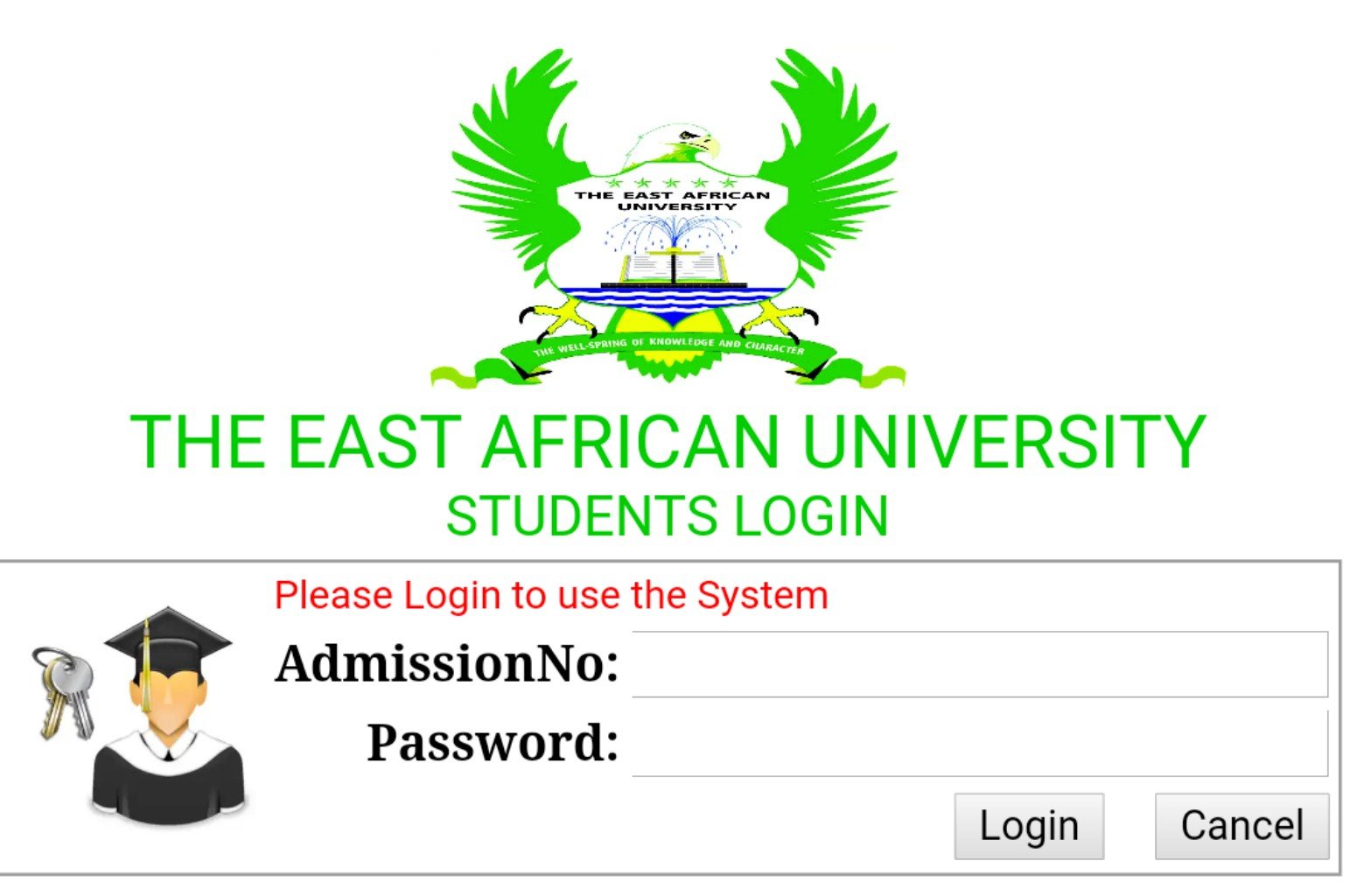Are you a student at the Catholic University of East Africa and looking for a hassle-free way to access your student portal? Look no further! This article is here to guide you through the process, making it quick and easy for you to find all the necessary information related to your studies. Whether it’s checking your grades, accessing course materials, or registering for classes, this guide will provide you with step-by-step instructions on how to navigate the Catholic University of East Africa Student Portal. So, let’s get started and make your academic journey a smooth one!
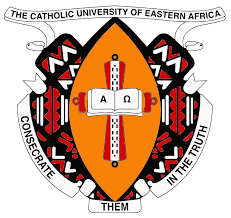
This image is property of avenuegh.com.
Introduction
What is the Catholic University of East Africa Student Portal?
The Catholic University of East Africa Student Portal is an online platform designed to provide students with easy access to important academic information and resources. It serves as a centralized hub where students can view their course details, manage scholarships and fees, communicate with faculty and staff, access academic records, participate in online forums, and find technical support. The student portal is a valuable tool that enhances the overall learning experience and helps students stay organized and informed throughout their academic journey.
Importance of Accessing the Student Portal
Accessing the Catholic University of East Africa Student Portal is crucial for every student. It offers a wide range of benefits that significantly contribute to a successful academic experience. By logging into the portal, students can easily view and manage their course details, such as registered courses, schedules, syllabus, and study materials. They can also check their scholarship status, view fee details, and make payments conveniently online. The portal serves as a means of communication between students and faculty or staff, providing a platform for sending messages and emails, scheduling appointments, and accessing important academic information. Additionally, the student portal allows students to track their grades and academic progress, request official documents, and participate in online forums. Overall, the student portal provides students with the tools and resources they need to excel academically and stay connected with the university community.
Step 1: Creating an Account
Registering on the Student Portal Website
To access the Catholic University of East Africa Student Portal, you need to create an account on the official website. This process is relatively simple and can be completed in just a few steps. Begin by navigating to the student portal website and locating the registration section. Once there, you will be prompted to provide certain information to verify your identity.
Providing the Required Information
To successfully register on the student portal, you will need to provide the necessary information, such as your full name, student ID number, date of birth, and contact details. It is important to ensure that the information provided is accurate and up to date as it will be used for future reference and communication with the university.
Setting Up a Username and Password
After providing the required information, you will be prompted to create a username and password for your student portal account. It is advisable to choose a username that is easy to remember but unique enough to maintain the security of your account. Similarly, your password should be strong and include a combination of letters, numbers, and special characters to enhance security. Once you have set up your username and password, be sure to keep them in a safe place to avoid any unauthorized access to your account.
Step 2: Logging In
Accessing the Student Portal Website
After creating your account, accessing the Catholic University of East Africa Student Portal is as simple as visiting the official website. Open your preferred web browser and enter the URL for the student portal in the address bar. Press enter, and you will be directed to the login page.
Entering Username and Password
On the login page, enter the username and password you selected during the account creation process. Take extra care to ensure that the information you input is accurate to avoid any login issues. Once you have entered your credentials, click on the login button to proceed.
Navigating the Login Page
The login page of the student portal provides easy navigation to other important sections of the website. You may find links to frequently visited pages such as course details, academic records, fee payments, and faculty/staff directories. This allows you to quickly access the information you need without having to navigate through multiple pages. Familiarize yourself with the layout and options available on the login page to maximize your efficiency when using the student portal.
Step 3: Exploring the Dashboard
Understanding the Student Portal Dashboard
Upon successfully logging into the Catholic University of East Africa Student Portal, you will be greeted with the dashboard. The dashboard serves as the main hub for accessing various tools and resources available to students. It provides an overview of your academic information and displays important notifications, such as upcoming events, announcements, and deadlines. The dashboard is designed to be user-friendly and intuitive, allowing you to quickly navigate through its features and access the specific information you need.
Accessing Important Information
The dashboard of the student portal provides easy access to important information such as your registered courses, course schedules, fee details, and scholarship status. You can view all of this information at a glance, ensuring that you stay informed and organized throughout the semester. The dashboard also allows you to access your grades and academic records, providing a comprehensive overview of your progress and achievements. Make it a habit to regularly check your dashboard to stay updated on any changes or new information that may be relevant to your studies.
Using the Dashboard Tools
In addition to displaying information, the student portal dashboard offers various tools to enhance your learning experience. These tools may include an integrated calendar for managing your schedule, a resource library with study materials or syllabus for each course, and discussion forums for interacting with peers and faculty. Take the time to explore these tools and familiarize yourself with how they can assist you in your academic journey. Utilizing these resources can significantly improve your efficiency and productivity as a student.

This image is property of www.sledge.co.ke.
Step 4: Checking Course Details
Viewing Registered Courses
One of the primary functions of the Catholic University of East Africa Student Portal is to provide students with easy access to their course details. Within the portal, you can view a comprehensive list of your registered courses for the current academic semester. This includes information such as the course name, course code, and the name of the instructor. By checking your registered courses, you can ensure that you are aware of all the classes you need to attend and stay organized throughout the semester.
Checking Course Schedules
Alongside the course details, the student portal also allows you to view your course schedules. This provides you with a clear understanding of the days, times, and locations of your classes. By regularly checking your course schedules, you can avoid scheduling conflicts and ensure that you are always present for your classes. Additionally, it allows you to plan your time effectively and allocate sufficient study hours for each course.
Accessing Syllabus and Study Materials
In addition to course details and schedules, the Catholic University of East Africa Student Portal provides access to course syllabi and study materials. This includes course outlines, textbooks, lecture notes, and any other resources or materials that may be necessary for your studies. By accessing these materials through the portal, you can conveniently download or review them at any time, ensuring that you have all the necessary resources to succeed in your courses.
Step 5: Managing Scholarships and Fees
Checking Scholarship Status
If you have been awarded a scholarship, the student portal allows you to easily check the status of your scholarship. This includes information such as the amount awarded, duration, and any specific requirements or conditions associated with the scholarship. By regularly checking your scholarship status, you can stay informed about any updates or changes and ensure that you fulfill all necessary obligations to maintain your scholarship.
Viewing Fee Details
Another important feature of the student portal is the ability to view your fee details. This includes information about tuition fees, miscellaneous fees, and any other financial obligations you may have. By accessing your fee details through the portal, you can stay informed about payment deadlines and ensure that you pay your fees on time to avoid any penalties or disruptions to your studies.
Making Payments on the Portal
The student portal provides a convenient and secure platform for making fee payments online. Once you have accessed your fee details, you can select the payment option that suits you best and follow the provided instructions to complete the payment process. Making payments through the portal ensures that your financial transactions are recorded accurately and allows for easy tracking of your payment history. It eliminates the need for in-person visits or manual payment methods, making the fee payment process efficient and hassle-free.
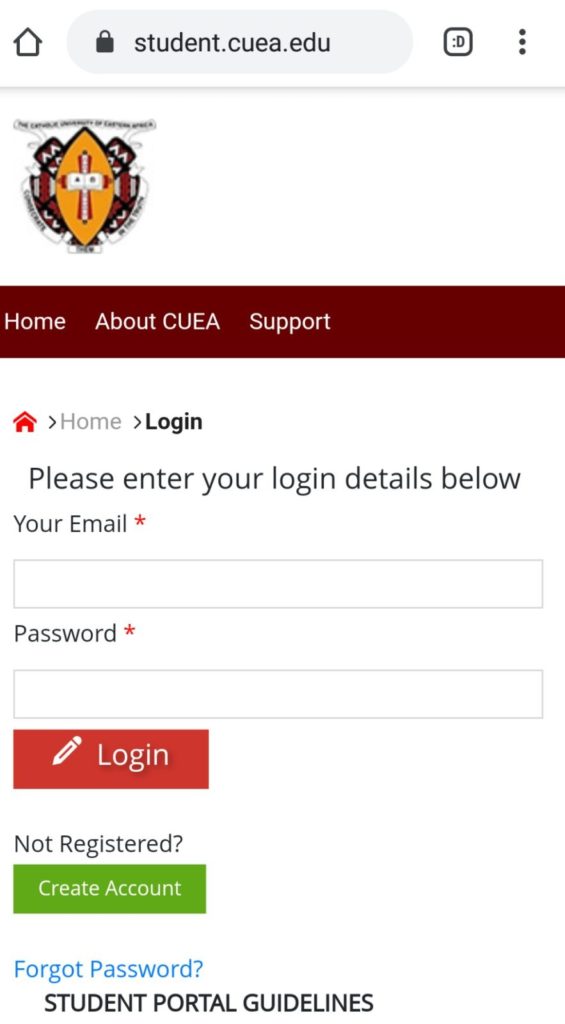
This image is property of educationnewshub.co.ke.
Step 6: Interacting with Faculty and Staff
Accessing Faculty and Staff Directory
The Catholic University of East Africa Student Portal provides students with access to a comprehensive faculty and staff directory. This directory includes contact information for all faculty members, department heads, administrative staff, and support services. By accessing the directory through the portal, you can easily find the contact details of the specific person you need to reach out to. Whether you have a question about an assignment or need to schedule a meeting, the faculty and staff directory is a valuable resource for facilitating communication and ensuring that you can easily connect with the relevant university personnel.
Sending Messages and Emails
Within the student portal, you have the ability to send messages and emails to faculty and staff members directly. This allows for efficient communication without the need to rely solely on in-person interaction. Whether you have a question about course material or need clarification on a specific topic, you can send a message or email through the portal and expect a timely response. This feature enables effective communication, ensuring that you receive the support and guidance you need throughout your academic journey.
Scheduling Appointments
The student portal also allows for scheduling appointments with faculty or staff members. If you require a one-on-one meeting with your instructor, academic advisor, or any other university personnel, you can easily request an appointment through the portal. This streamlines the process of scheduling meetings, eliminates the need for back-and-forth emails or phone calls, and ensures that you can secure a convenient meeting time without any hassle. Utilizing the appointment scheduling feature of the student portal allows you to effectively manage your time and maximize the support and guidance available to you.
Step 7: Accessing Academic Records
Viewing Grades and Transcripts
The student portal provides easy access to your grades and academic transcripts. By navigating to the appropriate section of the portal, you can view your current and past semester grades for each course. Additionally, you can access your academic transcripts, which provide a comprehensive overview of your overall academic progress and achievements. Regularly checking your grades and transcripts allows you to stay informed about your performance, identify areas for improvement, and celebrate your successes.
Requesting Official Documents
If you need official documents such as transcripts or enrollment verifications, the student portal simplifies the process of requesting these documents. Within the portal, you can submit a request for the specific document you require, specify the purpose for which it is needed, and provide any additional details or instructions. The student portal ensures that your request is recorded accurately, processed efficiently, and enables you to receive the requested documents promptly.
Tracking Academic Progress
In addition to providing access to grades and transcripts, the student portal allows you to track your academic progress. This includes monitoring your completion of prerequisite courses, tracking the number of credits earned towards your degree, and identifying any outstanding requirements. By regularly checking your academic progress through the portal, you can ensure that you are on track to meet your educational goals. It enables you to make informed decisions regarding course selections, academic planning, and any necessary adjustments to your academic path.
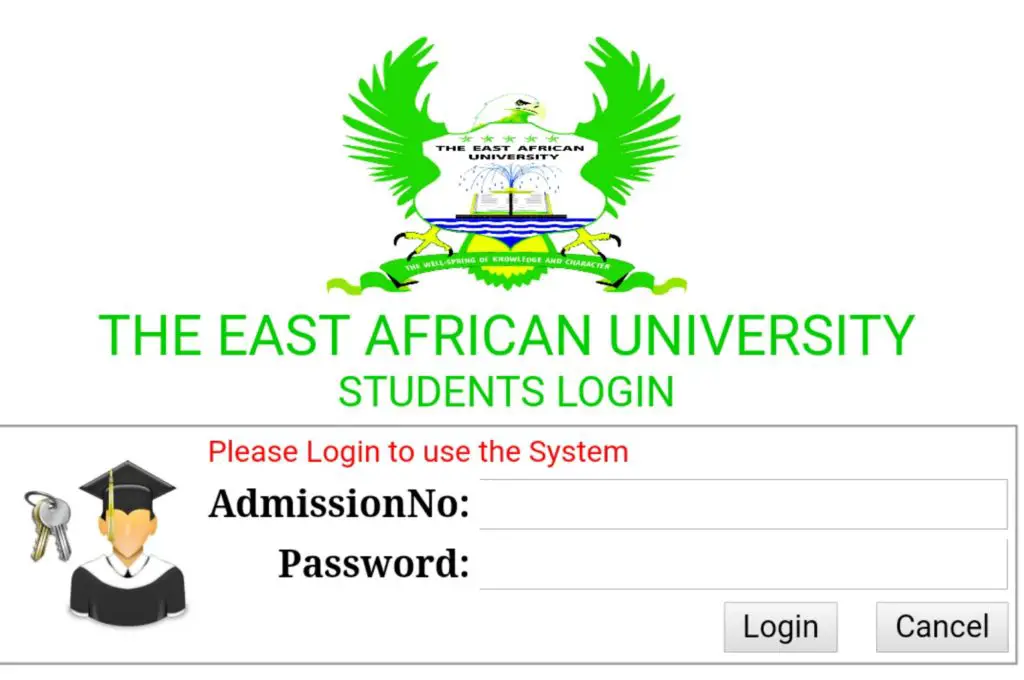
This image is property of educationnewshub.co.ke.
Step 8: Participating in Online Forums
Joining Course Discussions
The student portal often includes discussion forums or platforms where you can interact with your peers and participate in course discussions. These forums provide an opportunity to engage in academic discourse, ask questions, share ideas, and collaborate with fellow students. Participating in online discussions not only enhances your understanding of the course material but also enables you to gain different perspectives, develop critical thinking skills, and form connections within the university community.
Asking Questions and Seeking Help
If you have questions regarding a specific topic, assignment, or course material, the student portal is a convenient avenue to seek help and clarification. Within the online forums or through direct messaging, you can reach out to your peers, teaching assistants, or faculty members to ask for assistance or guidance. The student portal encourages a supportive and collaborative learning environment, where asking questions is encouraged and help is readily available.
Sharing Resources and Ideas
In addition to asking questions, the student portal also allows you to share resources and ideas with your peers. If you come across an article, video, or any other relevant material that may benefit your classmates, you can easily share it through the portal. This promotes a culture of knowledge-sharing and encourages collaboration among students. By actively participating in sharing resources and ideas, you contribute to the collective learning experience and help foster a sense of community within the university.
Step 10: Troubleshooting and Support
Contacting Technical Support
If you encounter any technical issues or require assistance with the student portal, the student support team is available to help. The student portal provides contact information for the technical support team, allowing you to reach out and seek assistance when necessary. Whether you experience difficulties logging in, encounter errors while navigating the portal, or have any other technical challenges, the support team will be able to guide you through the troubleshooting process and resolve any issues you may encounter.
Reporting Issues and Errors
In addition to contacting technical support, the student portal also allows you to report any issues or errors you come across while using the platform. This includes broken links, missing information, or any other inconsistencies you may identify. By reporting these issues, you contribute to the ongoing improvement and development of the student portal, ensuring that future users have an even better experience. Your feedback is valuable and plays a significant role in creating a seamless and user-friendly platform.
Troubleshooting Common Problems
To assist students in resolving common problems, the student portal often provides a troubleshooting guide or frequently asked questions (FAQ) section. These resources address common issues, provide step-by-step instructions, and offer solutions to problems that students may encounter. It is a good practice to familiarize yourself with these resources and refer to them before reaching out to technical support. Often, you will be able to solve the issue on your own by following the provided troubleshooting steps.
In conclusion, the Catholic University of East Africa Student Portal is a vital tool that facilitates efficient communication, access to important information, and support for students throughout their academic journey. By creating an account, logging in, and exploring the various features of the portal, you can stay organized, informed, and connected with the university community. From checking course details and managing scholarships and fees to interacting with faculty and staff and participating in online forums, the student portal offers a comprehensive set of tools and resources that are designed to enhance your learning experience. Remember to regularly access and engage with the student portal to make the most of its benefits and optimize your academic success.
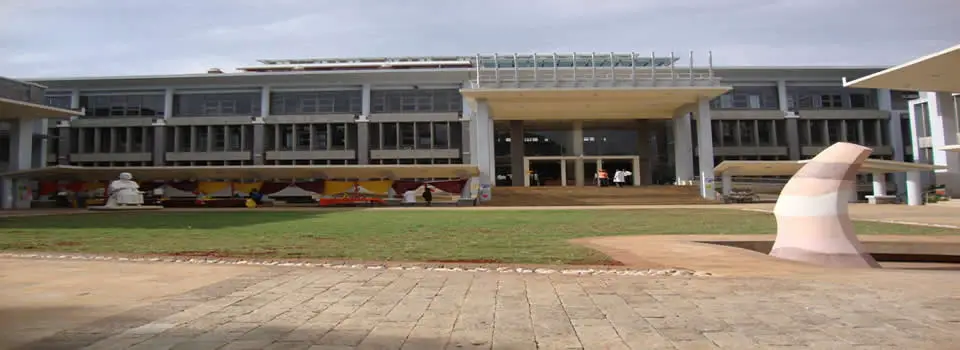
This image is property of ir.cuea.edu.

